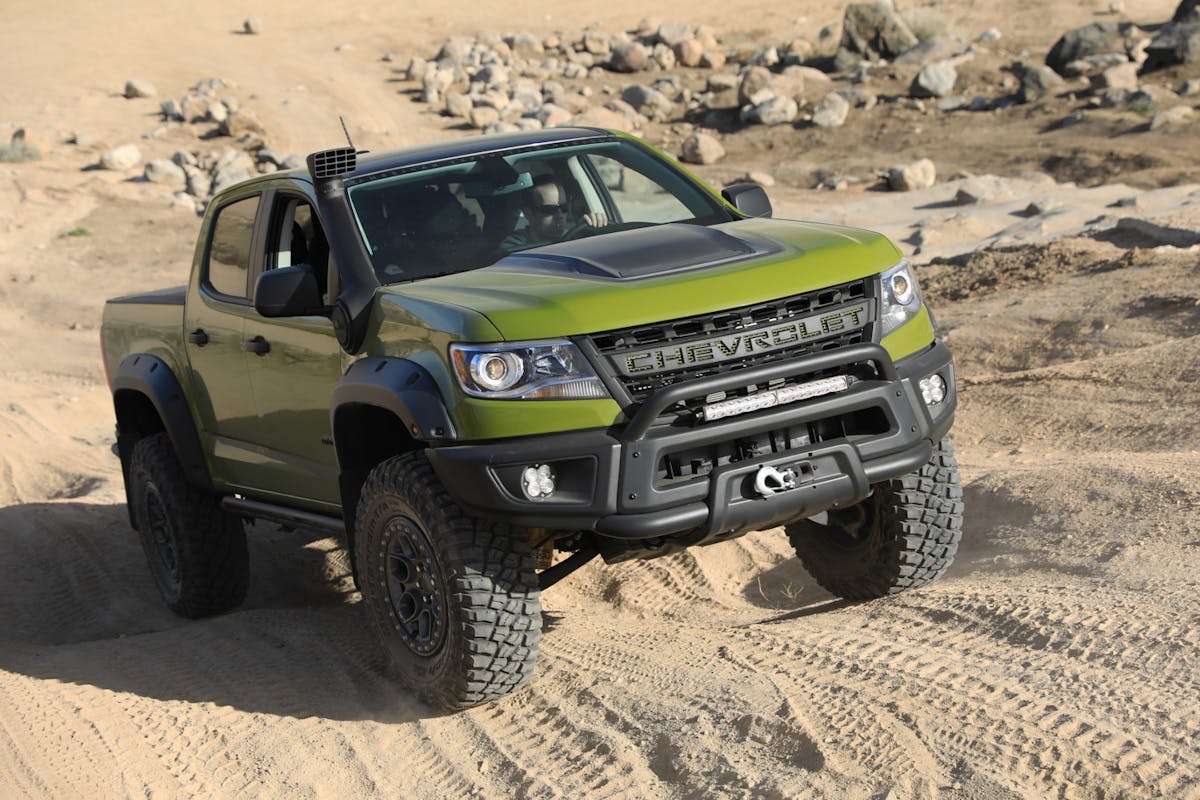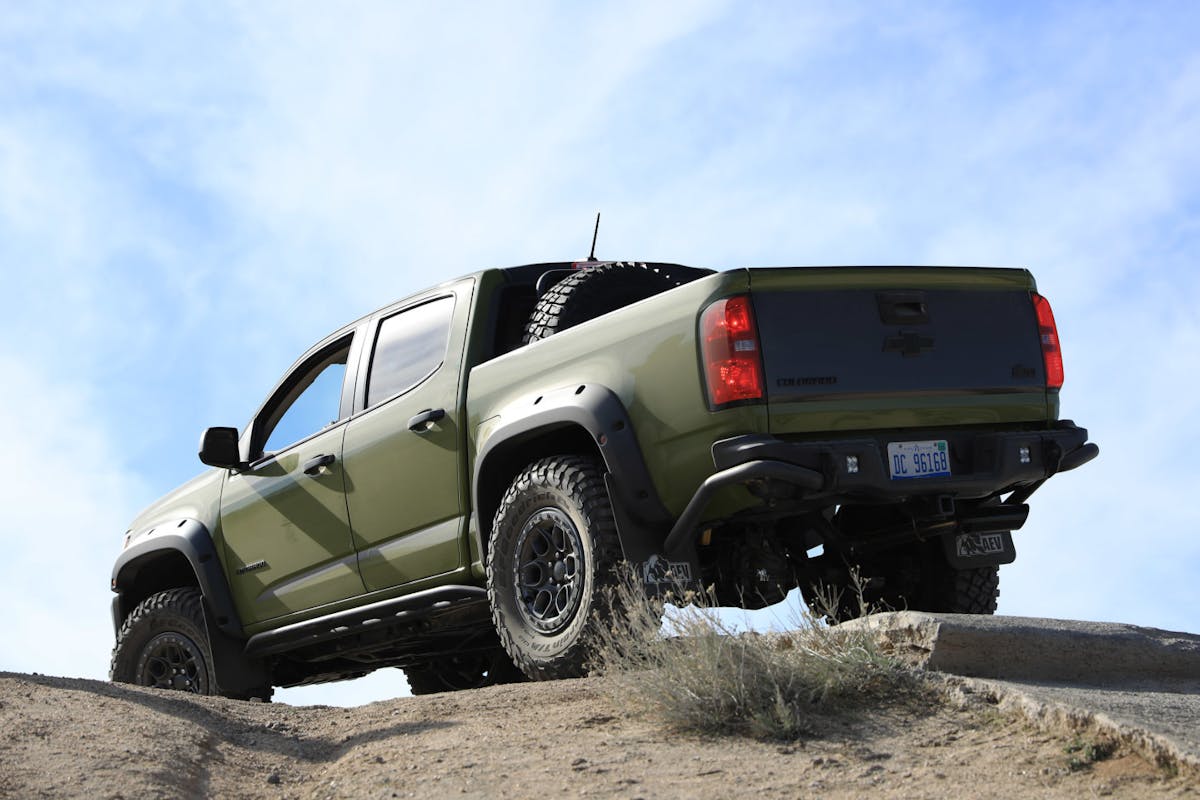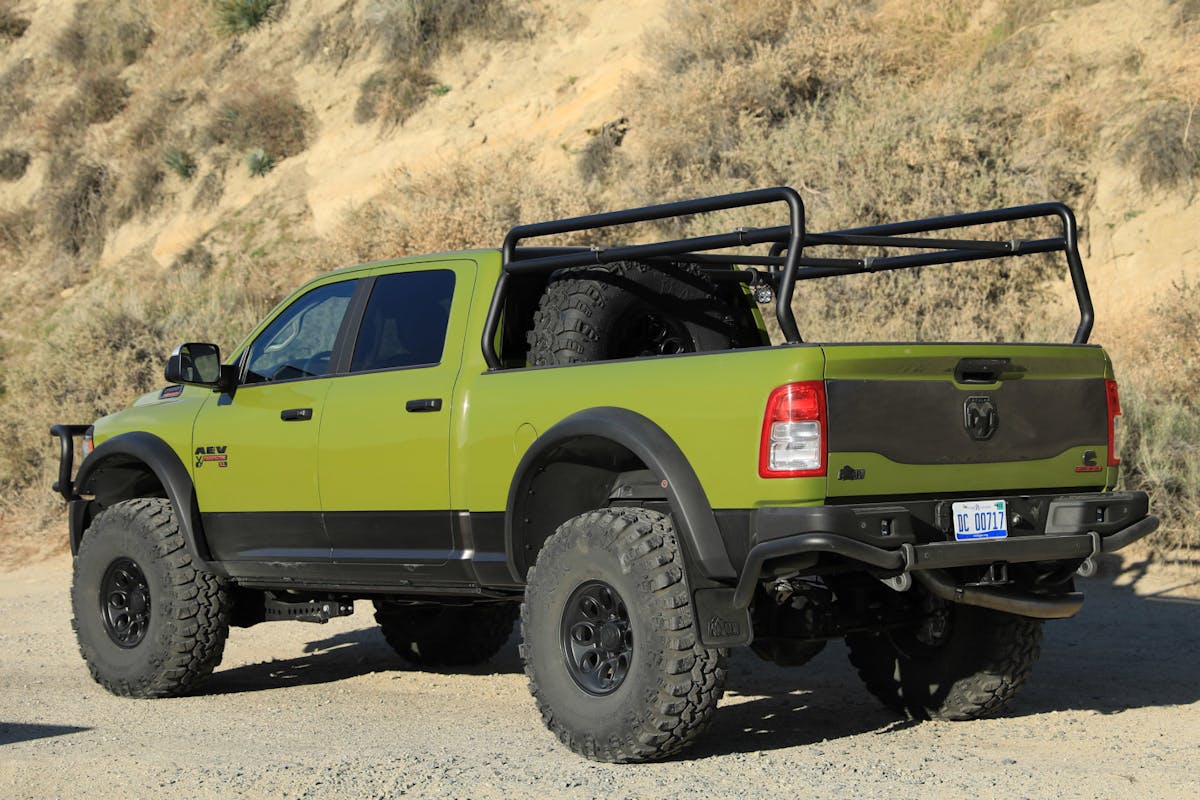“As a senior in business school at the University of Montana, I had to write a business plan for competition as part of my requirements to graduate,” American Expedition Vehicles founder Dave Harriton recalled. “I had previously modified a Wrangler by stretching it 22 inches, and people really seemed to like that long-wheelbase Jeep, so I figured I’d just do my business plan on that. At that point, I had no intention of actually getting into business, but then I ended up winning that competition.”
As word of Harriton’s then-theoretical startup spread, financial backers started lining up to get a piece of the pie. “I had a bunch of offers for venture capital and some angel investors, but I ended up just going to a local bank and starting the business out with a small loan,” he said.
Founded in 1997 and originally operating out of a garage in Missoula, Montana, AEV started making a name for itself in the industry when they scored a Chrysler Design Excellence award at SEMA. A partnership with Jeep was established soon thereafter, who brought American Expedition Vehicles on to help create and supply parts for special models like the Call Of Duty edition Wrangler. “We had a really good working relationship for years,” Harriton says. “Every spring, they’d come out with a special edition package, and a lot of them would have our front and rear bumper, along with our hood – or some combination that included a few of those parts.”
Along with their work on Jeeps, AEV has also recently ventured into modifying Chevrolet Colorado ZR2s and Ram pickups. To get a better sense of how American Expedition Vehicles’ development approach translates to these other platforms, the company invited us out to Hungry Valley State Vehicular Recreation Area. We were due for some seat time behind the wheel of their latest creations.
Above And Beyond The ZR2
“With the locking differentials, the Multimatic suspension, and the diesel engine, Chevrolet knew the ZR2 had some really good underpinnings,” Harriton explained. “So while the model was still in development, they came to us and basically asked what we would do with it. Right out of the gate, they knew that enthusiasts would see the value in working with an aftermarket brand like ours.”
The project quickly proved to be a more involved collaboration than AEV had ever done with GM, but that was a sword that cut both ways. “We showed them what we do to the truck, and they said, ‘OK – we like all of that, but you can only add 74 pounds to the vehicle.’ And we knew that was completely unrealistic.”
74 more pounds was the maximum weight allowed, since 75 or more would have required additional crash testing. That was a substantial investment, even for a company as large as Chevy. But after Harriton and his team explained the realities of their intended modifications, the automaker decided to loosen the leash a bit.
“In the end, it all ended up being about 200 pounds of additional weight,” Harriton said. “I think that’s pretty amazing for a front winch-mount bumper, a steel rear bumper, full skid plating, wheels, flares – everything. Ultimately, the truck went through 11 separate crash tests. These tests verified that the safety equipment and these new components would operate as designed in various situations.”

While the Colorado ZR2 is no slouch in standard form, it’s clear even from a glance that the AEV-upfitted Bison was built to handle some serious abuse. A front suspension leveling kit from Chevrolet Performance is part of the deal. It utilizes high-angle upper control arms to raise the front end of the truck by 1.25 inches. This improves the approach angle, while also providing some additional space for the 35-inch BF Goodrich KO2 all-terrain rubber. To make sure the sizable meats don’t make contact with the bodywork during big articulations, the fenders are also trimmed and flared for more clearance.

With the tires deflated to 20 psi and the lockers engaged, the ZR2 bounded over whatever we threw at it. This went for both the trails and low-speed climbs. There was a clear sense that this Colorado would be happy to romp around in the dirt all day without incident. On pavement, retaining the factory springs and sophisticated Multimatic spool-valve dampers was a smart move on AEV’s part. The upfitted Bison’s ride compliance was as good as stock, or perhaps even better due to the additional sidewall offered by the BFGs. What’s more, the Colorado didn’t suffer from wayward steering when heading down the highway. “All of these off-road components lend themselves to on-road travel as well. They have to,” Harriton says. “To me, that’s just as important as how the truck handles in the rocks.”
“We are 100-percent function-driven. The form always comes second to the function.”
Going Heavy Duty With The Prospector XL
While the Bison was certainly a looker, the Prospector XL made an even bigger first impression. “This thing’s been to the Arctic Circle and back with zero issues,” Harriton noted.
Like the Colorado, this Cummins-powered Ram 2500 was outfitted with overlanding adventures in mind. To that end, AEV decked out this bruiser with Katla wheels, Highmark fender flares, steel front and rear bumpers, skid plates, LED lighting, and a snorkel to go along with the badging and unique paint hue. A 40-inch Toyo Open Country mud-terrain is normally standard issue, but our tester rolled on a set of 41-inch Interco Super Swampers.
The Prospector XL also received AEV’s DualSport suspension package. It raises the ride height by three inches and provides more articulation, while also outperforming the factory setup in AEV’s pavement handling tests. To corral the Prospector XL’s significant mass, AEV worked with Bilstein to develop remote reservoir shocks. The shocks featured vehicle-specific digressive valving for ride compliance at lower speeds, and more firmness for better control at higher speeds.

And as with the Bison, the Prospector XL’s on-road manners were commendable. It felt like a truck that could dispatch long-haul highway slogs without wearing on your nerves. It delivered factory-like steering response, due in part to AEV’s hydraulic assist steering kit, along with well-controlled body motions as a result of their High Steer kit. The High Steer kit was designed to restore factory geometry with a replacement drag link, track bar, and track bar tower.
Back in the dirt, Hungry Valley’s off-road obstacles seemed like child’s play to this beefed-up Ram. Although it’s better suited to overlanding exploration rather than desert running, the Prospector XL shrugged off all manner of rocks at speed. As for the low-speed climbs and steep, rutted descents, all were handled without the slightest hint of strain.

After getting to see how these trucks performed in the dirt and behaved on the road, that statement definitely rang true. Both the Colorado ZR2 Bison and Prospector XL are proof positive that American Expedition Vehicles isn’t in the business of creating packages which seek to justify their expense on aesthetic alone – these trucks are meant to be driven hard and put away wet. Crucially, AEV has also done the engineering work required to put together packages which deliver on that promise without compromising real-world drivability to get there.
What do you think of AEV’s latest creations? Let us know in the comments below.
You might also like
Rare 1987 Chevy Stepside Acquired And Restored After A 38-Year Wait
Kurt Beckman wanted this 1987 Chevy Custom Deluxe Stepside when he saw it brand new. Almost four decades later he acquired and restored it.











